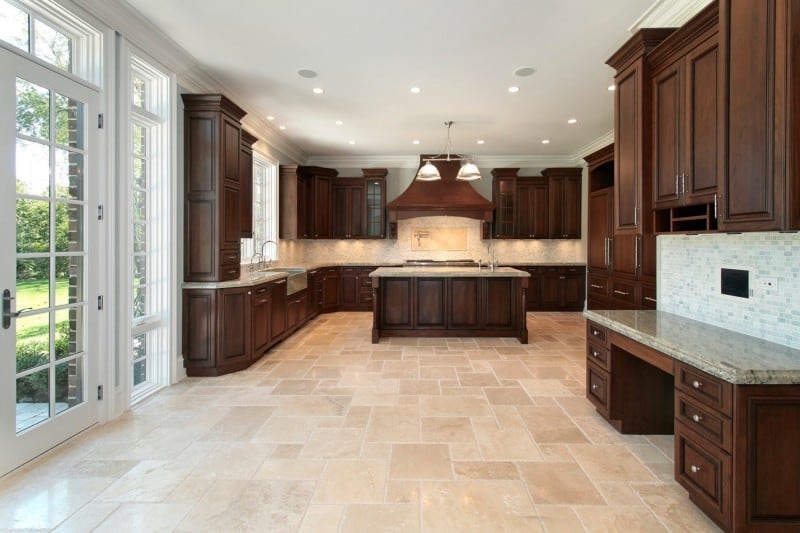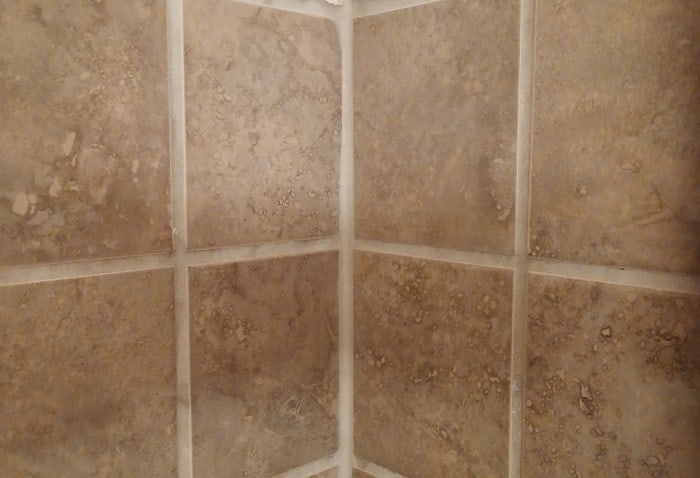If you are designing a home and want to have tiles in the kitchen, you should check out the following tips on how to choose the best tiles for your project.

Designing a home is truly one of the great pleasures of life. Whether you are creating the look for new construction or renovating an existing structure, there is an endless number of possibilities.
This includes the kitchen. After all, the kitchen is where families will spend the most amount of time together. Thus every design element is important. Especially the tiles.
In this article, we take a look at things to consider when picking the best tiles for kitchens for creating the ultimate look. Keep reading to see valuable tips that will help take the design of your kitchen to the next level.
1) Decide the Areas You Want to Tile
When it comes to choosing the types of tile you want to use in your kitchen, you’ll first need to consider the areas of the kitchen that you want to cover with tile.
The right amount can make your kitchen feel either more luxurious or more warm and homey. Do you plan to use tile only for your backsplash? Or would you prefer to also use it for your countertops, on the walls, on the kitchen islands, and for the floor?
The amount of surface area you decide to cover with this material will greatly impact the overall design and color choices you’ll want to implement. This will also impact other aspects of your kitchen design, including appliances and the type of cabinets that will look best.
2) Making Aesthetic Choices
Try to keep in mind that not all tile is created equal. Not only is the amount of material you use important but also the atmosphere you’re wanting to create.
These aesthetic choices will include the way you match colors, tones, and how you blend them into existing elements of the room.
Every design element you incorporate into your kitchen layout will impact the aesthetics of your kitchen, and thus your home.
Everyone has a different aesthetic taste. After all, that’s a big part of what makes life interesting. We encourage you to view the aesthetic of your new kitchen as your chance to express yourself and to allow your true personality to shine through.
3) Sizes, Shapes, and Patterns
Kitchen design offers great flexibility when it comes to the various aspects of how tile is used.
Once you start investigating all the types available to work with, you can begin exploring the various sizes, shapes, and patterns that will bring the most personality to your design aesthetic.
This key is to not limit yourself. This is why we encourage you to work with an experienced design expert who can offer ideas that you likely would never have thought of on your own.
Another advantage of hiring a pro is that they can help you understand how the various sizes and shapes of tile can transform the look of your kitchen, making it appear more expansive and luxurious by adding sophisticated touches that are actually very cost-effective.
4) Grout and Joint Options
Believe it or not, the type of grout and joints you use can make a huge difference in the design aesthetic of your kitchen. After all, your choice of tile is only one part of the equation.

This is another area where a professional designer can help maximize every dollar spent. And yet many homeowners overlook the value colorful grout and different joint sizes can have on the look of their kitchen.
For example, the use of darker grout can make the joints really pop. This also provides a more interesting visual experience when combined with large joint lines rather than the use of a neutral color.
Grout and joint options can add a lot of style and fun to the room without increasing your costs, which is always a great opportunity to squeeze the most out of your budget.
5) Surface Textures
You also have options when it comes to the type of textures you’d like to use. Would you prefer non-slip or something polished to a shine?
Many people prefer stone surfaces such as marble. But you need to keep in mind that this type of material is highly porous, meaning that once polished it will look great but will need to be treated so that it’s more impermeable to liquids.
If you’ve been looking for the perfect backsplash for your kitchen, you can see more information here.
6) Maintenance
The next aspect of kitchen tile to consider is the amount of maintenance you’re willing to do. This also goes back to the number of surfaces you’d like to cover with tile.
The key thing to remember with tile is that it does require maintenance over time. Regardless of the type of material you choose to go with, it cannot be neglected if you expect it to last and continue to look great.
Fortunately, basic maintenance is actually quite easy. In fact, most surfaces can be properly cared for by cleaning with a damp rag. The key is to be cautious with acidic liquids such as citrus and vinegar.
Steer clear of abrasive cleaners. We recommend sticking with a damp rag and perhaps special cleaners made for stone. The key is to reseal the stone each year using a high-quality sealant found at most home improvement stores.
7) Price
Finally, all design options are limited by your budget. The key is to look at your finances, decide what you can afford, and then choose your materials accordingly. Obviously, certain types of tile can get very expensive, so it’s important to educate yourself before making any major design decisions.
Fortunately, there are plenty of great options to fit nearly budget, so this is your chance to be creative and have fun.
Related Posts
- 11 Ways to Get Rid of Cooking Smells in a Small Apartment or House
- Comparison of Corian Countertops vs Laminate for Kitchens
- All About Fragranite Kitchen Sinks With Pros & Cons
- Comparison of Granite Composite Sink vs Stainless Steel
- How Much Does it Cost to Paint Kitchen Cabinets?
- What Color Granite Goes With Maple Wood Kitchen Cabinets?
Leave a Reply